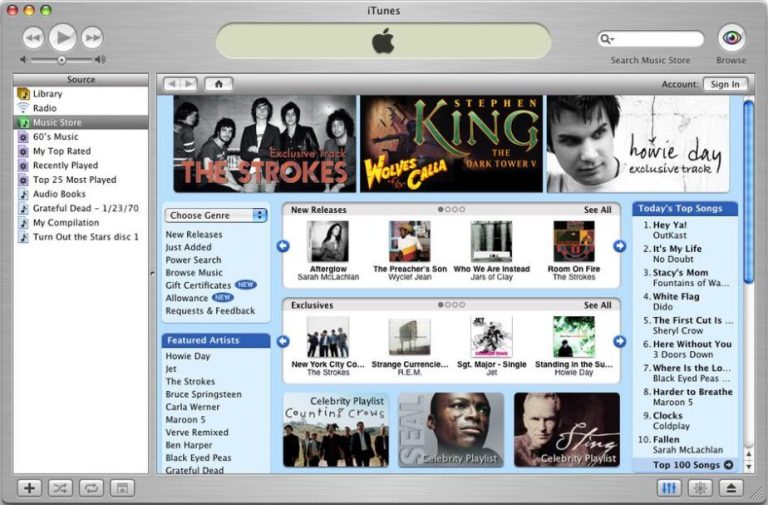The Apple iMac G3 was a groundbreaking computer that made waves when it was released in 1998. Designed by Apple’s Chief Design Officer, Jonathan Ive, the iMac G3 was a radical departure from the beige boxes that dominated the PC market at the time. With its colorful, translucent shell, the iMac G3 was a bold statement of Apple’s design philosophy and a symbol of the company’s resurgence in the late 90s.

The iMac G3 was more than just a pretty face, however. It was also a powerful computer that introduced a number of innovative features. One of the most notable of these was the inclusion of USB ports, which were still a relatively new technology at the time. The iMac G3 was the first computer to come standard with USB ports, which would go on to become the industry standard for peripheral connections.

The iMac G3 also featured a built-in 15-inch CRT monitor, which was a departure from the norm at the time. Most computers of the day came with separate monitors that took up more desk space and added to the overall cost of the system. The iMac G3’s integrated monitor helped to streamline the design and make the computer more affordable.

Perhaps the most significant feature of the iMac G3 was its use of the PowerPC G3 processor, which was co-developed by IBM, Motorola, and Apple. The PowerPC G3 was a major upgrade from the previous generation of processors, offering faster clock speeds and improved performance. This helped to make the iMac G3 a more powerful and capable computer than its competitors.
The iMac G3 was also notable for its inclusion of Apple’s proprietary software, including the Mac OS 8 operating system and the iMac software suite. This software was designed specifically for the iMac G3 and helped to make the computer more user-friendly and accessible.









